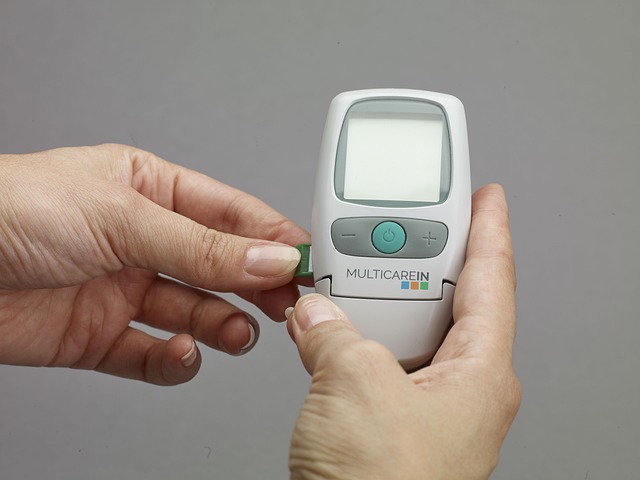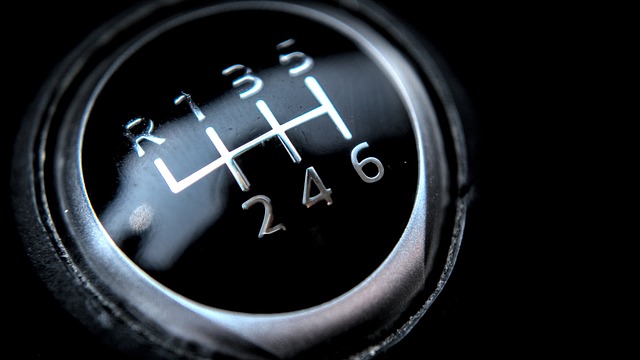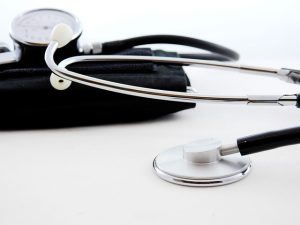Translation services for Medical Device Manuals UK are critical for clear communication and patient safety. Accurate and culturally sensitive translations meet stringent UK regulations like the MDR, avoiding misuse and misunderstandings that could harm patients. Specialized translators ensure compliance, correct technical information, and effective safety instruction communication in British English. Inaccurate translations risk incorrect use, legal issues, and delayed access to essential healthcare technologies.
Translation accuracy for medical device manuals in the UK market is paramount. With stringent regulatory requirements and complex language nuances, reliable translations are essential to ensure product safety, compliance, and successful market access. This article explores the challenges of translating medical device manuals, from technical jargon and cultural differences to evaluation metrics and best practices. Learn about localization strategies tailored for the UK market, optimizing content for local regulations and stakeholder feedback. Discover the key role of professional translation services in ensuring accurate, culturally sensitive manuals.
- Understanding the Importance of Accurate Manual Translations for Medical Devices in the UK Market
- – The regulatory landscape and language requirements for medical devices in the UK
- – Impact of inaccurate translations on product safety, compliance, and market access
- Challenges in Translating Medical Device Manuals
Understanding the Importance of Accurate Manual Translations for Medical Devices in the UK Market

Medical devices, by their very nature, demand precise and reliable information for users in the UK market. Translation services for medical device manuals play a pivotal role in ensuring that critical instructions, warnings, and product details are conveyed accurately and clearly to healthcare professionals and patients alike. Any discrepancy or mistranslation could lead to misuses, misunderstandings, or even safety risks, underscoring the importance of high-quality, professional translation.
In the UK, where medical standards and regulations are stringent, accurate translations are not just recommended but mandatory for product compliance. Customers rely on manuals to understand how to use devices properly, and healthcare providers depend on them for patient care. Therefore, translation services must be meticulous, considering not just linguistic accuracy but also cultural nuances and regulatory requirements to guarantee that the translated manual is as effective in the UK market as its original version.
– The regulatory landscape and language requirements for medical devices in the UK

The regulatory landscape for medical devices in the UK is stringent and highly specific. All device manufacturers must ensure their products comply with the Medical Devices Regulation (MDR) and other relevant standards set by the Medicines and Healthcare products Regulatory Agency (MHRA). This includes accurate and clear labeling, user manuals, and instructions for safe use.
When it comes to translation services for medical device manuals in the UK, accuracy is paramount. The language requirements must not only reflect the technical precision of the original content but also adhere to the specific terminology and regulatory guidelines of the UK market. Professional translation services specializing in medical devices are crucial to ensuring that all vital information is conveyed accurately and consistently, thereby facilitating compliance with regulatory standards and enhancing patient safety.
– Impact of inaccurate translations on product safety, compliance, and market access

Inaccurate translations of medical device manuals can have severe consequences for product safety and compliance in the UK market. Misinterpretations or errors in instructions can lead to incorrect use of devices, causing potential harm to patients and users. For instance, inadequate translations might fail to convey critical safety warnings, contraindications, or proper usage guidelines, thereby increasing the risk of accidents and legal non-compliance.
Moreover, inaccurate manuals may hinder market access for device manufacturers. Regulators demand clear and precise instructions in the local language to ensure product authorization and adherence to quality standards. In the UK, where medical devices are subject to stringent regulations, such as the Medical Devices Regulation (MDR), subpar translations can delay or even prevent a product’s entry into the market. This not only impacts business operations but also delays patients’ access to essential healthcare technologies. Translation services for medical device manuals must, therefore, prioritize accuracy and precision to safeguard user safety, ensure regulatory compliance, and facilitate efficient market penetration.
Challenges in Translating Medical Device Manuals

Translating medical device manuals for the UK market presents unique challenges. These include ensuring precise technical terminology, adhering to regulatory requirements, and capturing nuances in language and style that align with British English conventions. Medical devices, by their nature, require highly accurate and detailed documentation that communicates complex instructions and safety information effectively.
Translation services for Medical Device Manuals UK must account for not just grammatical differences but also cultural and regional variations. Professionals in this field must possess a deep understanding of medical terminology and be adept at conveying technical concepts clearly. They need to stay abreast of industry-specific terminology updates and changes in regulatory standards, such as those set by the MHRA (Medicines and Healthcare products Regulatory Agency) in the UK.
